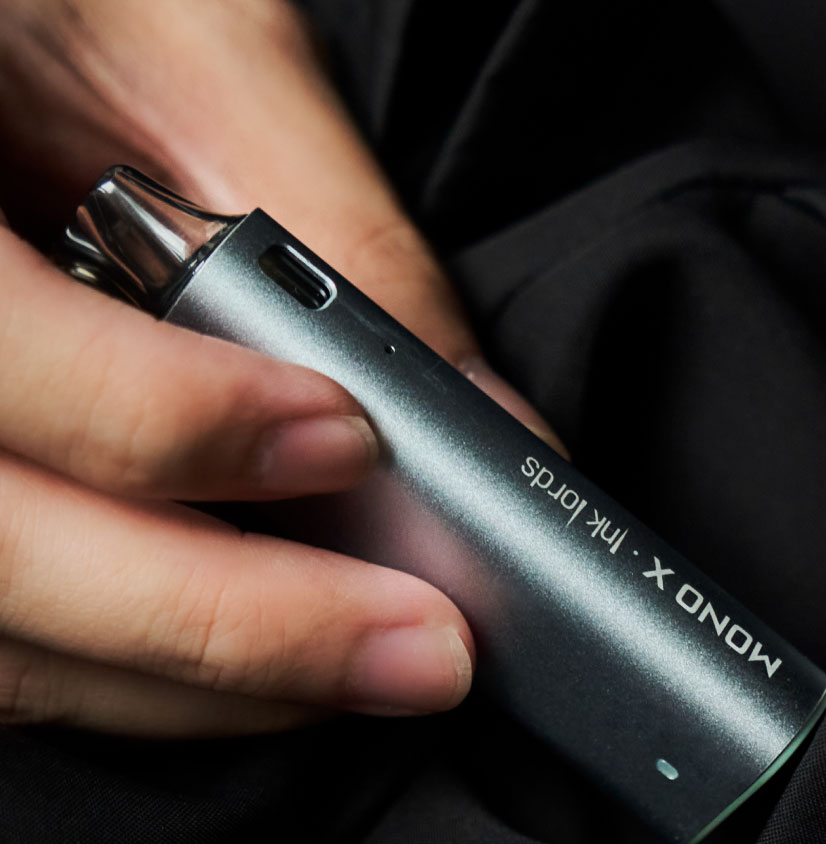
Artistic Expression Meets Flavour Diversity in Premium ENDS
Designed to enrich the smoke-free journey, Ink Lords blends bold aesthetics, sensory innovation, and self-expression—transforming each puff into a statement. Ink Lords is the perfect go-to choice for both beginners and seasoned vapers. This is where quitting becomes an experience.
Range of products




